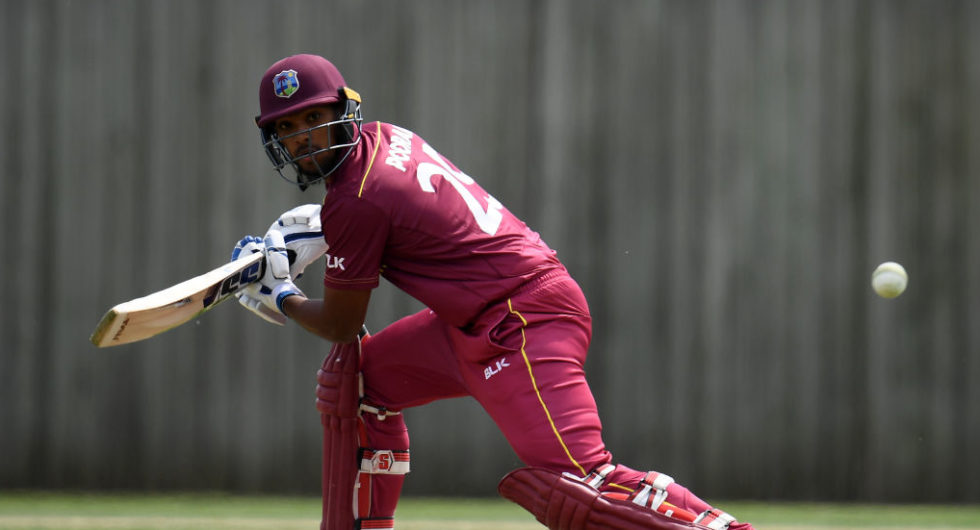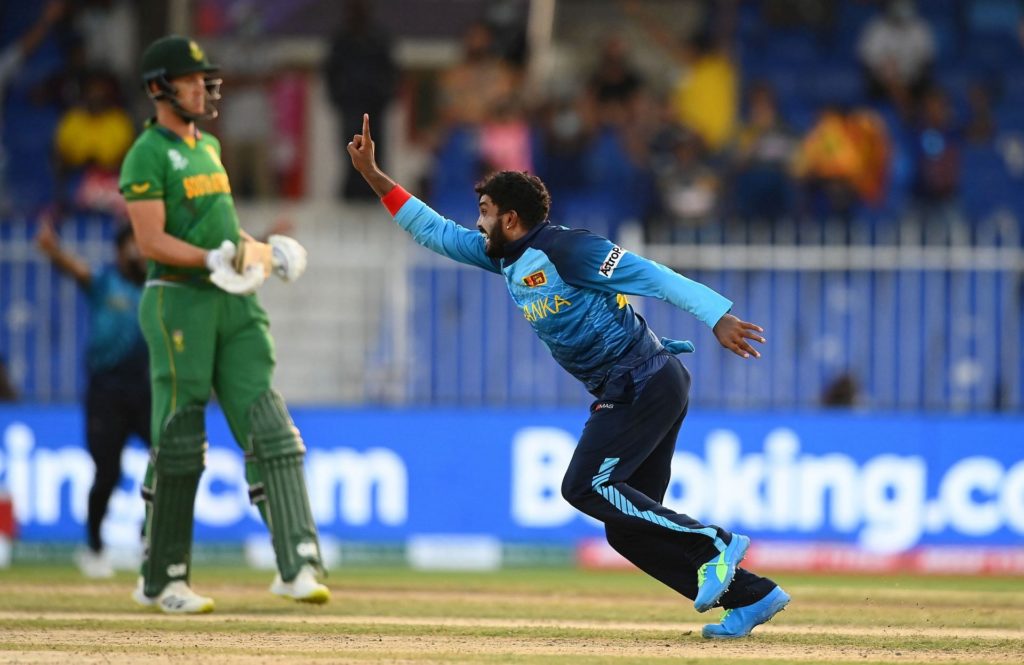These few interesting rules will make IPL more fascinating. The Indian Premier League(IPL) is a highly awaited tournament by the cricketing fraternity and the bystanders. Even the foreign players look forward to performing in the league and making an enduring mark. Annually, it produces intriguing contests and does not lose to keep the fans at the edge of their seats.
IPL has been a significant platform to provide opportunities to budding cricketers in recent years. Many cricketers take center stage by exuding their fiefdom and then walking up the success steps. It is a no-assume that IPL is one of the most famous T20 leagues in the world.
Every edition comes in with its twisted way and enjoyment, and a few more new stuff can certainly garner the courage of the tournament. This year 2022 edition of the IPL is assumed to have ten teams, and the addition of the 2-new teams will further widen the possibilities for the players. Among these, IPL might become even more enchanting to your experience if a few interesting rules are introduced.
Here are 5 rules that can apply to IPL 2022:
- Eight runs for sixes over 100 meters
The T20 games are usually full of action-packed performances, and a shorter format is incomplete without huge boundaries. Big shots are not too rare to witness with some T20 behemoths like AB de Villiers, Chris Gayle, Andre Russel, and a few more other players. And it’s always a matter of a few shots that can transform the game’s fortunes in the T20s.
Although, often, the batters can produce a lot of energy to hit a shot and send the ball out of the vision. In such methods, the thought of giving more than six runs to the batter for their incredible power-hitting abilities comes to the forefront. Hitting the ball above 100m requires a lot of strength, and the batter who does so must get some added edge.
Therefore, giving 8-runs to a six-hit beyond 100m is a rule that can be brought in to make the tournament even more fascinating. It could do wonders to the match as it will benefit the chasing side to get those additional runs. At the same time, the team setting the total will also benefit from the other runs and will be in a position to put a powerful total. It will be a massive positive for the teams who have some power hitters on their side.
2. Power Surge

T20 cricket is all about the swiftness that decides which team dominates the proceedings. In its briefest format, the sides enter the ground to take on the opposition bowlers in the powerplay. The First 6-overs are thus crucial as if the batting side makes most of it, they can make a strong foundation. However, if the bowling team chimes in with some essential breakthroughs, they can take hold of the game.
This Power Surge rule can be an attractive one in the IPL game. It was started in the Big Bash League 2020-21, wherein the 6-over powerplay is broken into 2-parts of four and 2-overs. At the start of the innings, the first four overs will be the first powerplay. After completing the tenth over, the batting team can take the remaining 2-overs of the power play in the 2nd half of the game.
If one tries to dive deeper into the effect this could make on the game, it appears that these 2-overs can help the batting team hugely as they can use it to gain velocity. It will benefit the side chip in crucial runs in the middle overs and largely affect the game results.
3. An extra over for in-form bowler
The shortest format challenges the performing players to exude their flair in the toughest moments. The batters usually calculate the game and select which bowlers they would target. The plan is often to play out the tough and in-form bowlers and then target the casual or the less fancied ones to post a powerful total or chase the target.
When in form, any batter can perform the entire innings and make most of the momentum. Nonetheless, even at batter absolute best, the bowlers get just 4-overs to bowl in the T20s. In this case, a tweak in the quota of the bowlers will allow them to provide the team with significant breakthroughs. Expanding the number of overs of the in-form bowlers will also minimize the tension of the captain in case one of his bowlers is not having a good day.
It will make the match even trickier as the batters will have to face more additional balls from the lethal-looking bowlers. It will further test their skill and present a compelling game for the cricket on-lookers. With the more overs of the first bowler, batters will have no other option but to go big against them, which will create more excitement about the game.
4. Additional points for finishing games inside ten overs
The T20 format is erratic, where the game’s fate varies at any given point. In some cases, the teams display immense character to outplay the opposition totally, and they bring an all-rounder performance and blow the trumpet of their dominance.
These remarkable efforts by the teams can be given more appreciation by gifting the side with several bonus points. If a team chases down the total within ten overs and appears achieving, they can be given rare extra points. In very competitive leagues like the IPL, it is all about the race to make it to the top 4-teams to fancy the chances of qualifying for the playoffs. Usually, until the last league match, it is not sure which 4-teams will battle it out against each other in the playoffs.
A rule like this to present more additional points to the team who have had a superb outing in a particular game can add more thrill to the race of the points table. When there are 2 to 3-teams with the same points, the net run rate is the aspect that is considered. Nonetheless, with the introduction of this rule, a slightly down-the-order team can help and disturb the rankings. In contrast, the top team will confirm their qualifications with these valuable extra points.
5. Penalty for slow over-rate
The slow over rate issue has been in talks for a long time now. The teams are anticipated to complete their innings in the given time. But sometimes, it doesn’t go that way, and the teams are fined for the exact. The question that occurs here is, does charging a fine solve the issue?
In such a system, the idea of adding 5-penalty runs to the opposition team’s total reaches to the fore. In the T20s, a single run can come out the match’s fate, and thus this ruling might prove impressive. A run saved is comparable to a run secured in the shortest format. And if it zeroes down to adding 5-penalty runs, the team will deliberately follow the timeline.
A fine might not spoil the team the way these 5-runs can, and it will also change the game’s fortunes. The teams will have to put their review hats on to avoid giving any advantage to the opposition, and thus the problem of the slow rate could get an effective solution.





